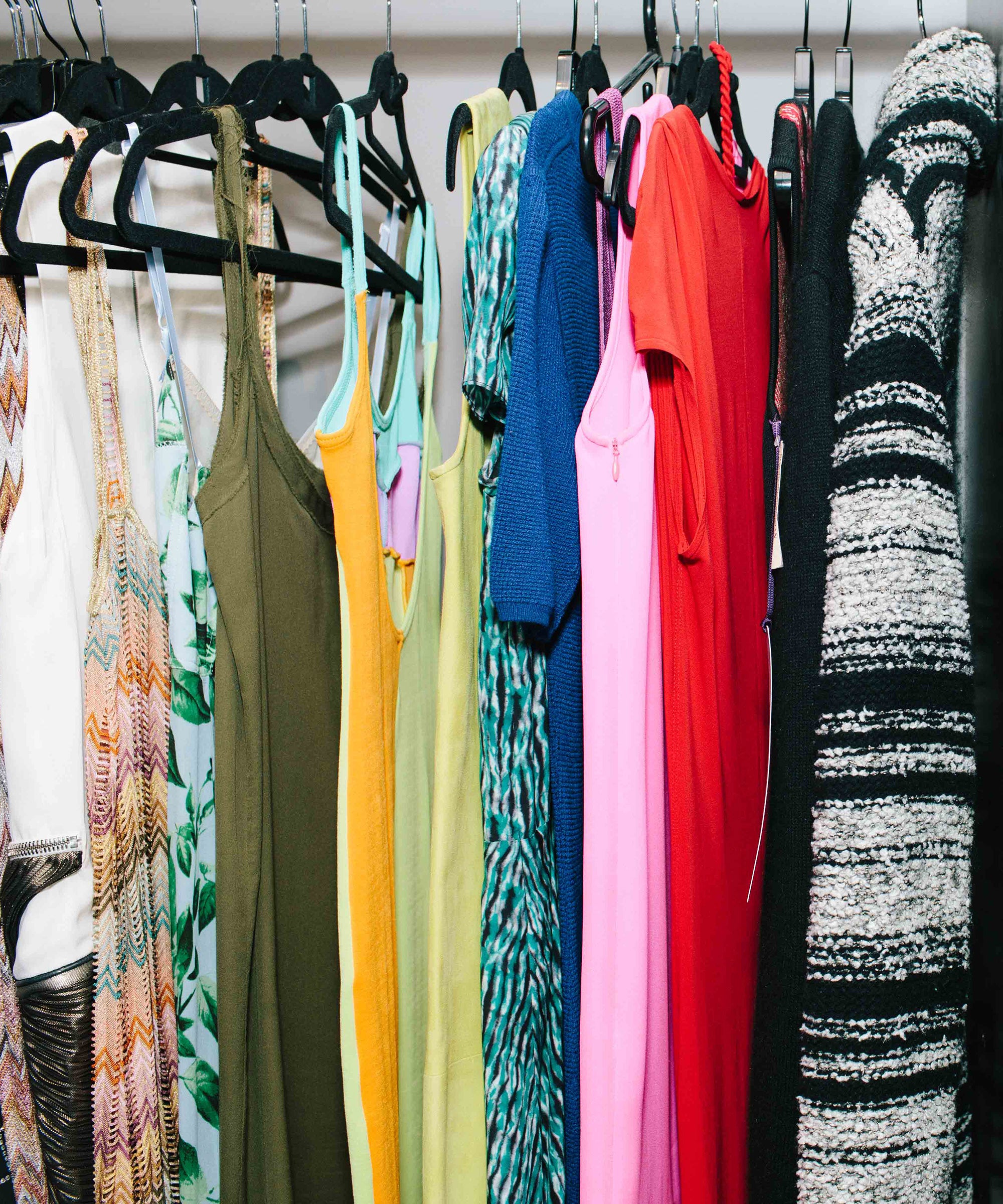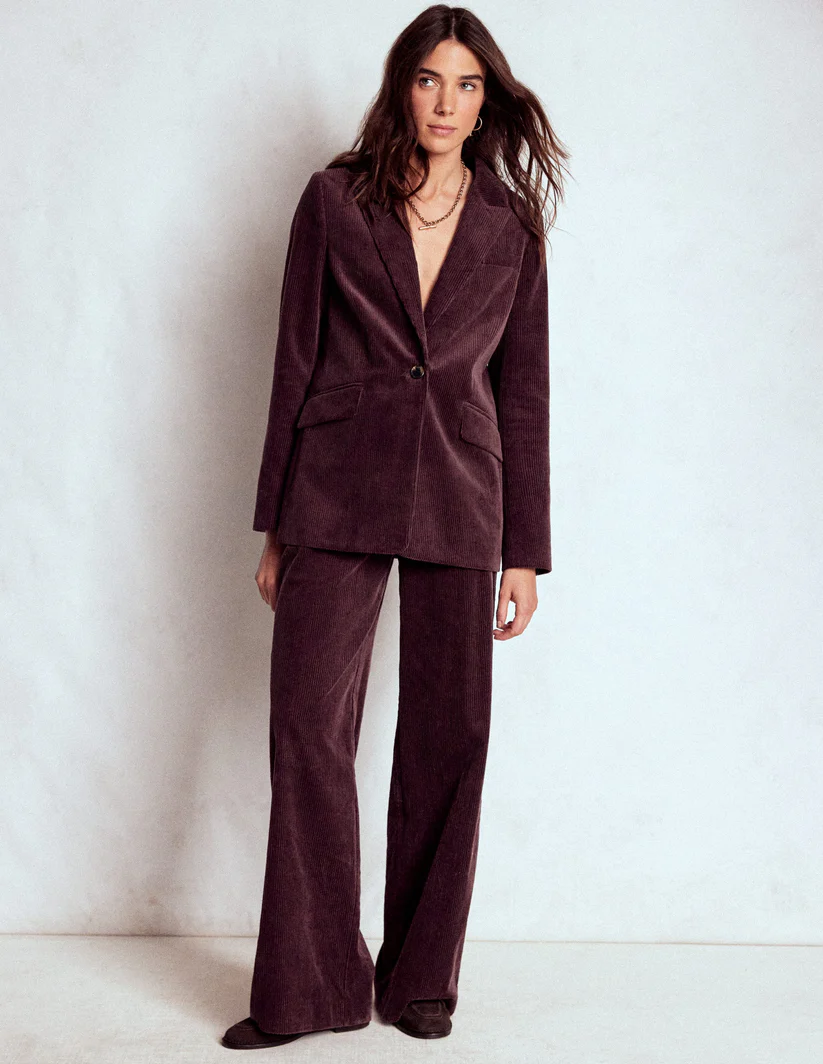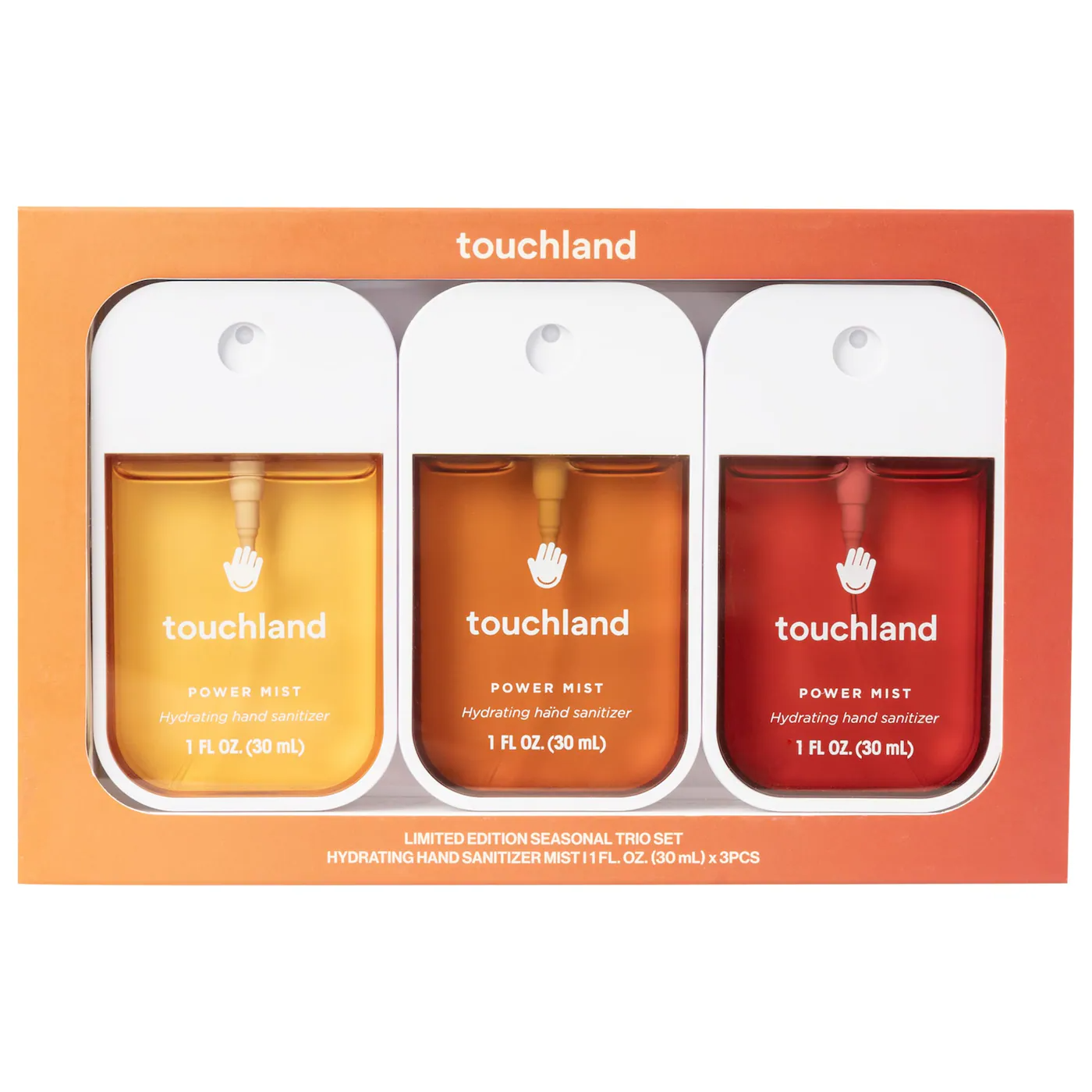

When lockdown put a halt to our social and office lives, our closets were the first to feel the effects. With nowhere to go and no one to see, we abandoned the majority of our clothing in favor of a uniform of sweatsuits and house dresses. As many cut back on any unnecessary expenses, fashion became even less important, which led many to discontinue their clothing rental subscriptions.
Though none of the rental companies I spoke with shared figures, all confirmed that they’ve seen a dip in orders and an increase in membership cancellations and pauses since the pandemic first took hold of the U.S. last March. However, by last summer, many customers returned, though it’s unclear whether subscriptions have caught up to pre-pandemic numbers.
We’re still under lockdown — so what’s changed? According to Ambika Singh, the CEO of Armoire, a clothing membership company that offers contemporary brands like Rag&Bone, Equipment, and Scotch & Soda, people have begun to dress up again at home, just because: “Even though women weren’t seeing as many people as they were in their pre-pandemic lives, they were already accustomed to dressing for themselves and giving themselves the boost they needed for the day.” Today, Armoire has more “tenured customers” than ever, a term that refers to people who have been using the service for nine-plus months. According to Nuuly, the rental service from URBN that also owns Urban Outfitters, Anthropologie, and Free People, the company has seen a resurgence of memberships with each new season, with more expected to come in the spring and summer as a result of vaccine rollouts and outdoor events.
This might explain why plus-size brand ELOQUII went ahead with the launch of its rental service, ELOQUII Unlimited, in August. Though the service was in the works prior to March 2020, according to CEO Mariah Chase, research found that the customers still wanted it. “80% of women sizes 14-28 agreed that a clothing rental subscription service would give them the wardrobe flexibility they needed as their lifestyle evolved during uncertain times,” she says.
Some of this pandemic success is due to the communities these companies intentionally built. Armoire launched initiatives like the “digital dressing room,” where members can upload photos of themselves in the rented clothes to a shared feed. Others, like ELOQUII Unlimited, updated their offerings to include styles that are more relevant for at-home life with a loungewear launch in the fall. Nuuly, too, re-evaluated its category and brand mix, by expanding its maternity and plus-size offerings (something its customers requested) and, generally, leaning into both casual aesthetics and also “mood-lifting” styles.
“Casual has been the theme of the last year, but our subscribers still approached [their lives]through a fashion lens,” says Kim Gallagher, Nuuly’s Director of Marketing and Customer Success. “They loved our assortment of glam casual, like sequin and velvet joggers.” (I know the exact pair of sequin drawstring pants that Gallagher is talking about, because, coincidentally, they were the last item I ordered while testing Nuuly in February and March of last year just as things were starting to look grim.)
“Fashion has always been about self-expression, and rental gives consumers access to a wardrobe far larger and more varied than it would make sense to own.”
Christine Hunsicker, founder and CEO of CaaStle
Christine Hunsicker is the founder and CEO of logistics company CaaStle that grew out of the success of her previous company, clothing-subscription brand Gwynnie Bee (which is now a subsidiary), and now powers services for rentals like ELOQUII Unlimited, Vince Unfold, and Banana Republic Style Passport, among others. According to Hunsicker, the rise of video conferencing presented a new need for the market: “We’ve found our members gravitating toward tops [even if]they may have selected more dresses in the past,” she says, also listing comfier, less structured wardrobe essentials like cashmere sweaters as the top-requested styles. Melissa Gonzalez, fashion retail expert and CEO of The Lion’esque Group, confirms that people still think of their outfits, but with the computer angle in mind. “From the waist up, we’re staring at each other more than we ever have, so I think there’s a desire there to make it fresh and feel good about that stuff again,” she says.
Then there’s the reason why many loyalists never canceled their rental subscriptions, to begin with. “Adding new items to our wardrobe and the thrill of receiving those packages is still a source of real joy. Even though we are leaving our houses less, we still do have a need to get dressed and feel good every day,” Hunsicker says when I ask her why she thinks people continue to rent clothing. “We received daily feedback from our members who shared that the arrival of their boxes on their doorstep would be a highlight of their week and a way that they could treat themselves.”
This is the same reason that drew people to rental services when they first came around: the joy of being able to wear designer clothes that we otherwise couldn’t afford and try styles that we would be too afraid to commit to long-term. “Fashion has always been about self-expression, and rental gives consumers access to a wardrobe far larger and more varied than it would make sense to own,” says Hunsicker.
It’s also more sustainable than buying new clothes. COVID-19 forced many to reconsider their shopping habits, as they faced their own excess, with closets overflowing with clothes that we barely wore in regular times, let alone a pandemic. As such eco-friendly alternatives of consuming fashion, like resale and renting, that have already been on the rise, will only continue to get more popular. “We as consumers have a part to play in rebuilding the post-pandemic world to be more equitable and kind to Mother Earth,” says Singh. “Rental fashion will have a boom like never before.” Gonzalez agrees that the future of rental looks promising, adding that, in addition to being more sustainable, it’s also a more economical alternative to buying a brand-new closet.
“As long as brand partnerships are continuing to happen, and the inventory is exciting, and consumers are getting access to brands that they coveted… [rental]continues to be really valuable.”
Melissa Gonzalez, CEO of The Lion’esque Group
According to Gonzalez, it’s not just the customers that benefit from rental but also brands who want to get themselves in front of customers. “It still makes a lot of sense for brands to offer rental because it’s a great entry point into a customer getting to know your brand,” she says. “As long as brand partnerships are continuing to happen, and the inventory is exciting, and consumers are getting access to brands that they coveted before but maybe that they couldn’t afford, it continues to be a really valuable proposition.” Just this week, Ralph Lauren launched a rental initiative with the Lauren Ralph Lauren brand (also powered by CaaStle). While talking to WWD, David Lauren, the company’s chief innovation and brand officer, said, “We really thought that Lauren was an interesting place to start. It was a brand that had lost some traction. We thought this was a way to re-spark interest and curiosity around it.”
Gonzalez says that she expects that rental fashion will continue to be popular with the consumer: “People are excited to be going out again, especially as we are getting vaccines and the warmer weather is coming.” Then there is the future in which we’ll (presumably, hopefully) be returning to events like weddings and large social gatherings. With that in mind, according to Gallagher, rental companies are well-positioned to fill the fashion needs that will arise as people return to special occasions and travel. “As we emerge from the pandemic and consumers have more occasions to dress for, we believe the value proposition of accessing a rotating closet will increase along with demand,” says Chase.
Because by then, who even knows what we’ll want to wear after a year and some away from our closets? Will our style be as it was pre-pandemic? Will it be comfort-first forever?
“As we return to pre-pandemic activities, there is a big question about what wardrobes will look like: Is the elastic waist here to stay or will yoga pants be left behind in quarantine?” says Hunsicker. “Rental services will deliver a real value proposition to consumers looking to get dressed without making commitments to a post-pandemic wardrobe.”
At Refinery29, we’re here to help you navigate this overwhelming world of stuff. All of our market picks are independently selected and curated by the editorial team. If you buy something we link to on our site, Refinery29 may earn commission.
Like what you see? How about some more R29 goodness, right here?
Why People Are Still Renting Clothes




